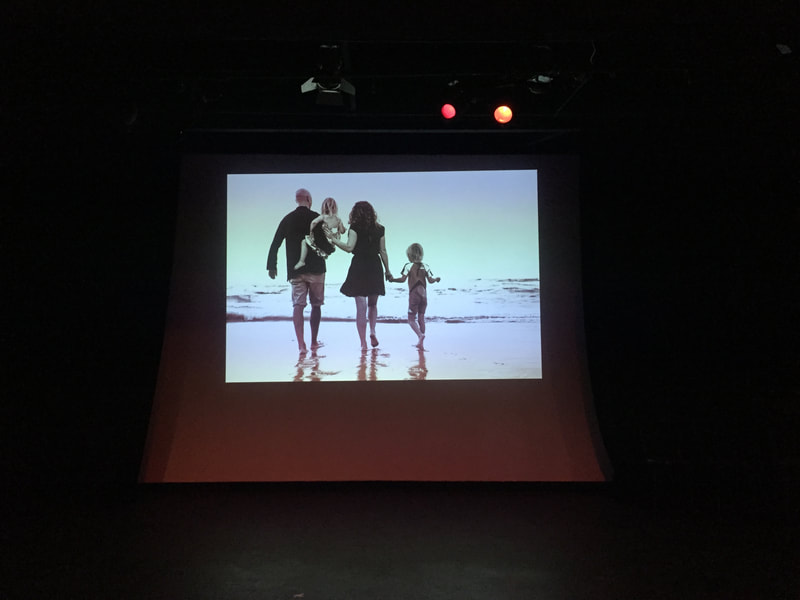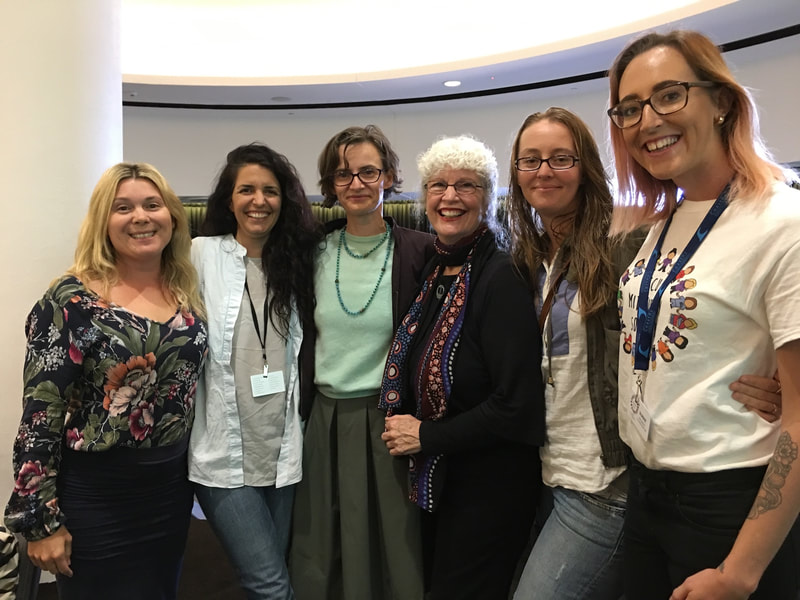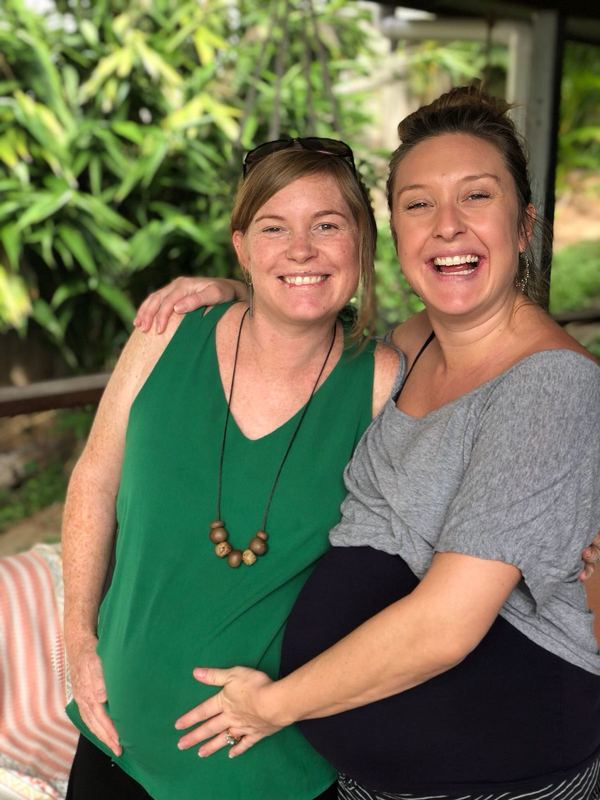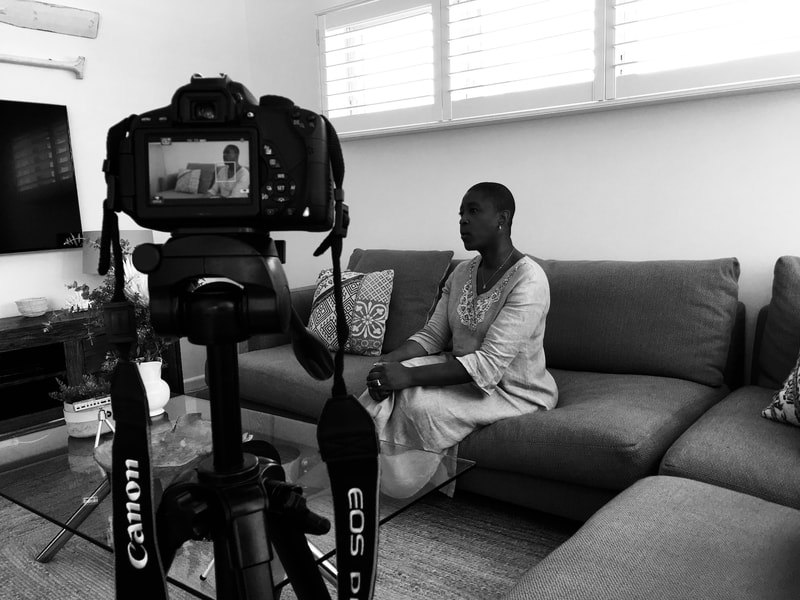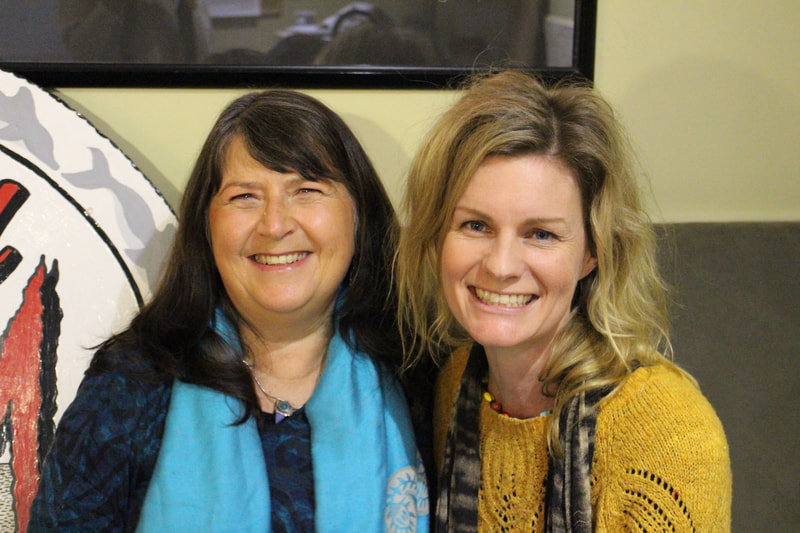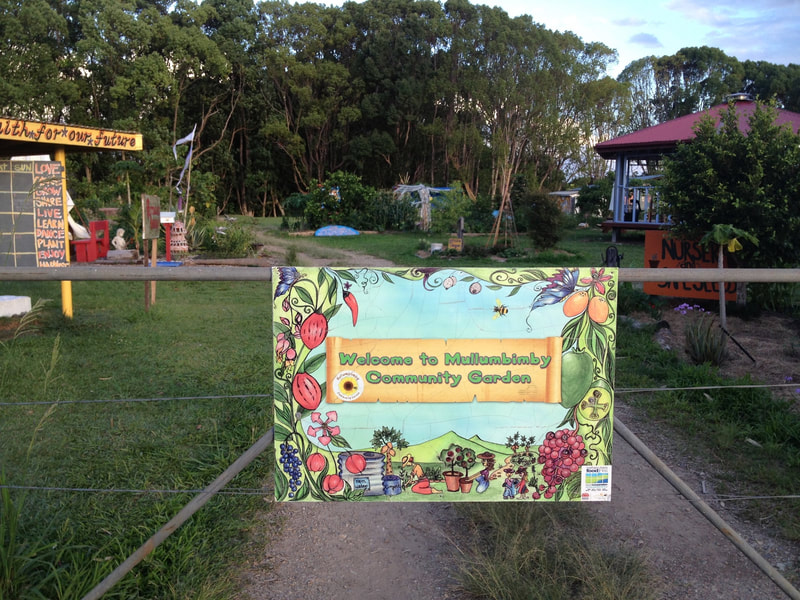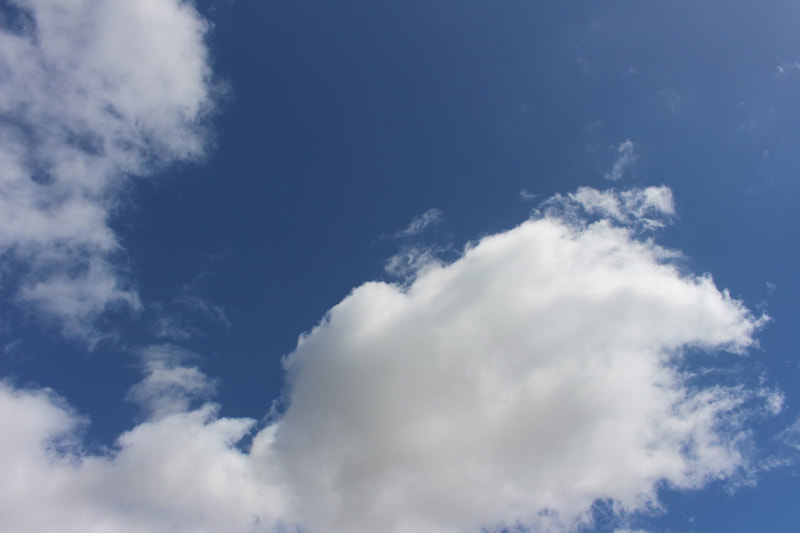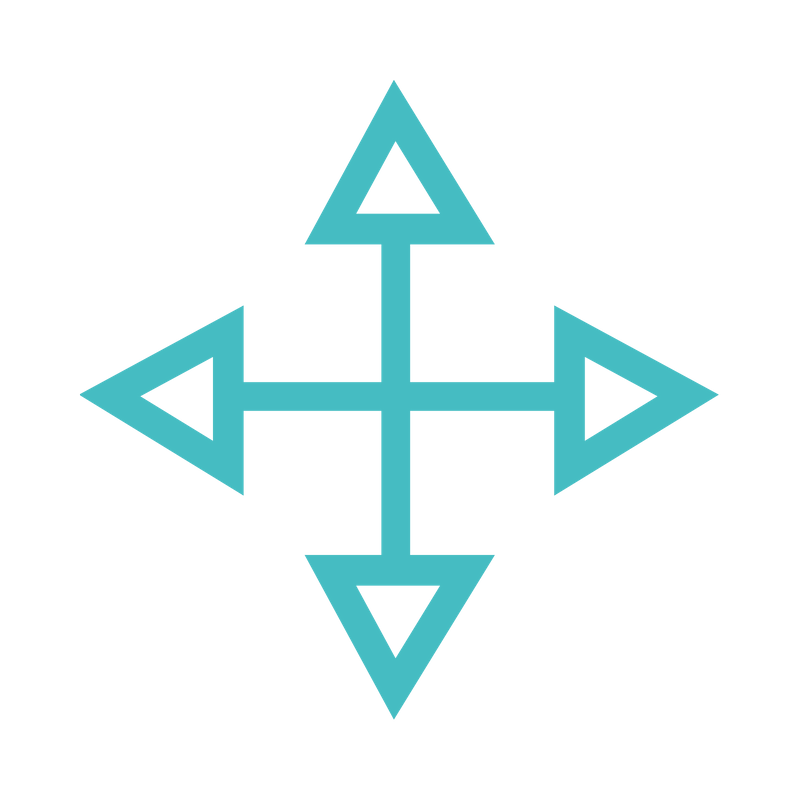PBB Media is an entirely volunteer run and not-for-profit community media project based in Northern NSW, Australia, operating within a Teal Organisational Model. PBB Media is an evolving project, starting at 2010.
Operating locally and globally PBB Media has two main driving and converging forces:
Operating locally and globally PBB Media has two main driving and converging forces:
- Firstly, we aim to deliver non-sensationalist, useful information to parents and families from a strong source base including; real life stories from parents, family and community members, healthcare providers, leaders and experts; the latest in evidence-based science relating to Pregnancy, Childbirth and Parenting; a fresh look at time-honoured traditions exploring what works for modern day living and a dedicated close look at new and emerging ideas.
- Secondly, we are dedicated to the cross-pollinating of information concerning the perinatal period (and beyond) between the main stake-holders in maternity. With the Consumer at the heart of the conversation we build and maintain strong relationships based in mutual respect with Academia, Healthcare Providers, Policy Makers, Government bodies and Communities and disseminate relevant information to help bridge the gap between vital information and delivering the best possible maternity and beyond healthcare to families.
WE STAND FOR FAMILY HEALTH, BONDED BABIES + FAMILIES + COMMUNITIES, COLLABORATION AMONGST ALL STAKEHOLDERS, FORMING ALLIANCES, THE VALUE OF MOTHERS,
ETHICAL + NON-SENSATIONALIST + TRAUMA-INFORMED JOURNALISM, ACCURACY AND THE WHOLE PICTURE, HIGHLIGHTING THE EXPERIENCE AND KNOWLEDGE OF LOCAL & INTERNATIONAL WHOLE-BEING AND WHOLE-EARTH HEALTH EXPERTS AND, THE RECOGNITION OF EMERGING CHANGE.
How our Organisation Operates.
PBB Media operates in a Teal Organisation Model. This model is evolutionary in nature and our organisation is seen as a living entity, with its own creative potential and evolutionary purpose. We replace hierarchal & pyramid style management system models with self-management and a system based on peer relationships.
The Teal organisational model is explained wonderfully in Frederik Laloux's book 'Reinventing Organisations'. We have compiled some initial info below, if you are interested and would like to learn more, there is a wonderful Wiki created by over 100 contributors that explains every nook & cranny (known) about the Teal model.
The Teal organisational model is explained wonderfully in Frederik Laloux's book 'Reinventing Organisations'. We have compiled some initial info below, if you are interested and would like to learn more, there is a wonderful Wiki created by over 100 contributors that explains every nook & cranny (known) about the Teal model.
The Teal Organisation ModelCHARACTERISTICS
|
A Complex Adaptive System
Complex adaptive systems are self-organising systems that show behaviour which cannot be inferred from the behaviour of their elements. Melanie Mitchell in Complexity, A Guided Tour, defines a complex adaptive system as "a system in which large networks of components with no central control and simple rules of operation give rise to complex collective behaviour, sophisticated information processing and adaptation via learning or evolution". Teal organisational models are characterised by three main breakthroughs:
Self Managementa system based on peer relationships, without the need for either hierarchy or consensus.
|
Wholenessa consistent set of practices that invite us to reclaim our inner wholeness and bring all of who we are to work
|
Evolutionary Purposeseen as having a life and a sense of direction of it's own. we are invited to listen in and understand it's unique growth
|
Self-managementTeal Organizations have found the key to operate effectively, even at a large scale, with a system based on peer relationships, without the need for either hierarchy or consensus. Self-management in Teal comes about through a combination of innovative structures and processes, some of which are described below.
There are no fixed hierarchies of authority in Teal organizations. There are no bosses within or outside of the teams. The primacy of the boss-subordinate relationship is replaced with peer-based mutual commitments. Decision rights and power flow to any individual who has the expertise, interest, or willingness to step in and contribute to a situation. Fluid, natural hierarchies replace the fixed power hierarchies of the traditional pyramid - leaving the organisation without an organisational chart. Decision-making is highly distributed. Decisions do not need to be validated by the hierarchy nor by consensus of the community. Any person can make any decision after seeking advice from 1) everyone who will be meaningfully affected, and 2) people with expertise in the matter. More information about self management here. |
WholenessOrganizations have always been places that encourage people to show up with a narrow “professional” self and to check other parts of the self at the door. They often require us to show a masculine resolve, to display determination and strength, and to hide doubts and vulnerability. Rationality rules as king, while the emotional, intuitive, and spiritual parts of ourselves often feel unwelcome, out of place. Teal Organizations have developed a consistent set of practices that invite us to reclaim our inner wholeness and bring all of who we are to work.
This longing for wholeness is at odds with the separation that most existing workplaces foster, albeit unconsciously — overemphasizing the ego and the rational while negating the spiritual and emotional; separating people based on the departments they work in, their rank, background, or level of performance; separating the professional from the personal; separating the organization from its competitors and the ecosystem it is embedded in. Vocabulary we use is often revealing: in organizations, we often speak about “work-life balance” a notion that shows how little life is left in work when we have separated ourselves from so much that truly matters. For people transitioning to Teal, these separations in the workplace often become so painful that they choose to leave organizational life for some form of self-employment, a more accommodating context to find wholeness with themselves and with others. Paradoxically, again, the more we learn to be true to our unique self, the more it dawns on us that we are just one expression of something larger, an interconnected web of life and consciousness. That realization can be elating but also painful — we now comprehend how deeply our relationship with life and nature has been broken. We strive to repair that relationship, not from a place of moral obligation, but from an inner awareness, knowing that we are not separate from but one with nature. We see the foolishness and arrogance of mankind’s stance of putting itself above the rest of life and try to find a more truthful and humble place in the midst of it. |
Evolutionary PurposeTeal Organizations are seen as having a life and a sense of direction of their own. Instead of trying to predict and control the future, members of the organisation are invited to listen in and understand what the organisation wants to become, what purpose it wants to serve. Nature, humankind, relationships: everything evolves, driven by a life force, to adapt, transform and grow. From a Teal perspective, organisations are viewed as an independent energy field with a purpose that transcends its stakeholders. In this paradigm, we don’t own or run the organisation instead we are stewards, listening to where it needs to go and helping it to do its work in the world. Very much like a complex adaptive system, we respond to our environment and become an adaptive formula based on the many variables that consist our nature and nurture inputs.
|
"Like any living system, every organisation co-evolves. Its character and capabilities emerge as it plays with possibilities. It messes about with others until a workable system appears. This system has abilities and beliefs no one planned. It accomplishes work in ways no one designed. It has relationships no one mandated.
While we worry about designs and structures, tweak procedures and rules, insist on compliance and control, we never succeed in creating an organization by these activities.
Organization wants to happen. Human organisations emerge from processes that can be comprehended but never controlled." A Simpler Way, Margaret J. Wheatley and Myron Kellner-Rogers
How we Work and Relate within the Organisation.
Teal models are characterised by a distinct set of values and organisational practices. PBB Media emerged as a Teal Organisational Model long before we heard of this model and we continue to grow and learn more about how we relate and how our organisation wants to evolve and develop. Amongst businesses and organisations identified as Teal, there are some basic common and shared organisational values and practices. Below are a list of some of them.
Trust
Responsibility and accountability
Safe and caring workplace
Learning
|
Information and decision-making
Equal worth
Overcoming separation
Relationships and conflict
|
ARE YOU PASSIONATE ABOUT WHOLE-BEING & WHOLE-EARTH HEALTH?
DOES THIS MODEL OF WORK APPEAL TO YOU?
JOIN OUR TEAM
JOIN US FROM ANYWHERE IN THE WORLD!
This page was created by Annalee Atia for the PBB Media organisation. For more information and to get in touch with Annalee click here.
